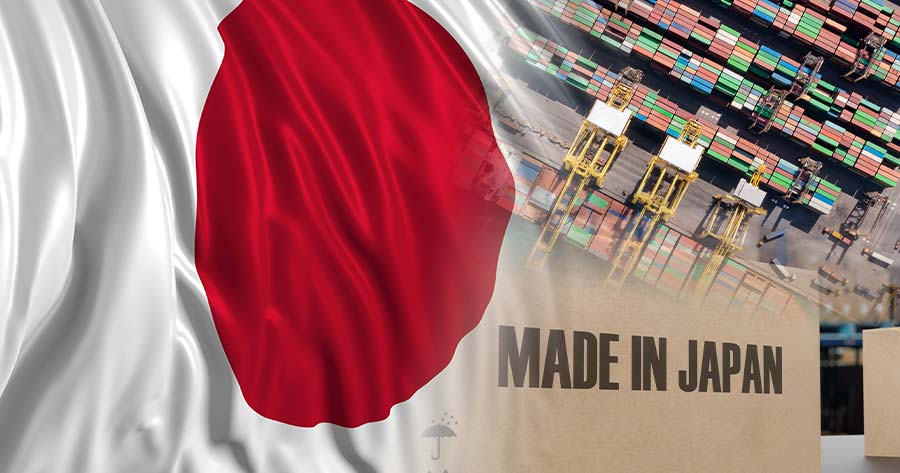According to government data released on Wednesday, Japan’s export growth continued to decelerate for the second consecutive month as the country grappled with the fallout from tariffs imposed by U.S. President Donald Trump.
Exports to the United States—the nation’s second-largest trading partner—declined 1.8% year-on-year, marking the first decline since December 2024. The figure was in stark contrast to a 3.1% increase observed in March.
The trade surplus of Asia’s second-largest economy with the U.S. also narrowed significantly to 780.6 billion yen ($5.4 billion) in April, down from 846.9 billion yen recorded in March.
Though Japan’s exports grew 2%, aligning with analyst projections polled by Reuters, the figure marked the slowest pace since October 2024 and the weakest performance since the 1.7% contraction seen in September. Imports, meanwhile, shrank by 2.2% year-on-year, a less severe drop than the anticipated 4.5%.
A notable impact was seen in Japan’s transport equipment sector, with exports to the U.S. falling 4.1% by value. Automobiles, which constitute 28.3% of Japan’s exports to the U.S. for 2024, experienced significant pressure under the 25% levy imposed on auto, steel, and aluminum shipments to the world’s largest economy.
Additionally, Japanese goods are subject to a 10% baseline tariff alongside the “reciprocal” tariffs of 24%—currently temporarily suspended—that Trump announced on April 2, targeting over 180 nations including Japan.
Economic strains are reflected further as Japan’s real GDP contracted by an annualized 0.7% in the first quarter of the year, driven down by stagnant private consumption and the slowing export growth.
Japan remains in bilateral trade negotiations with the United States, but progress has stalled, with chief trade negotiator, Ryosei Akazawa, emphasizing the country’s stance on having the U.S. remove tariffs on Tokyo. He reiterates that Japan won’t rush into a trade deal that might compromise its national interests.





